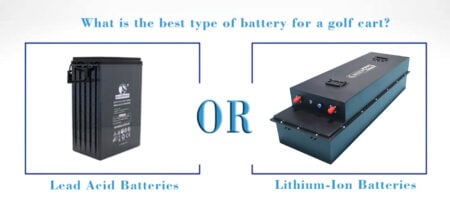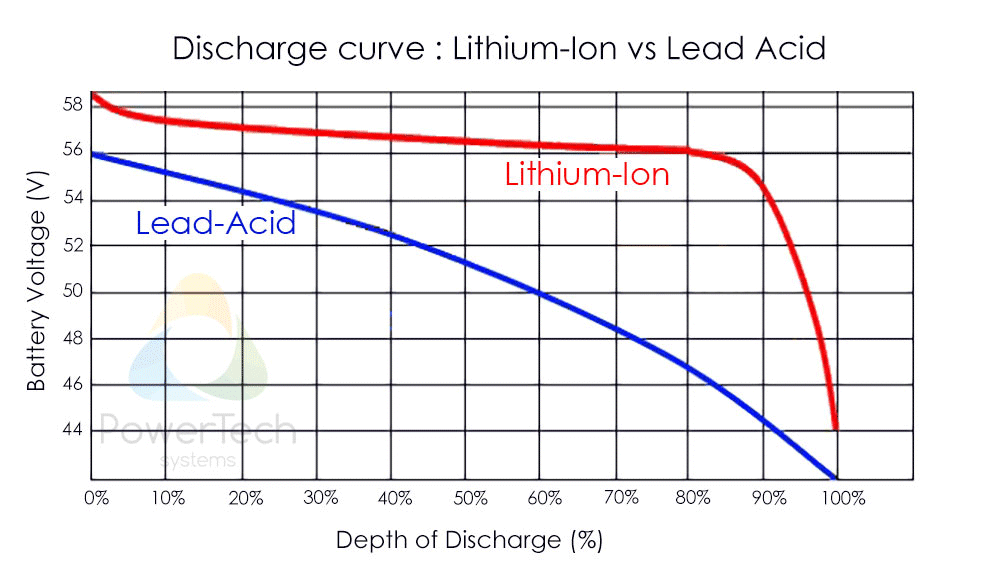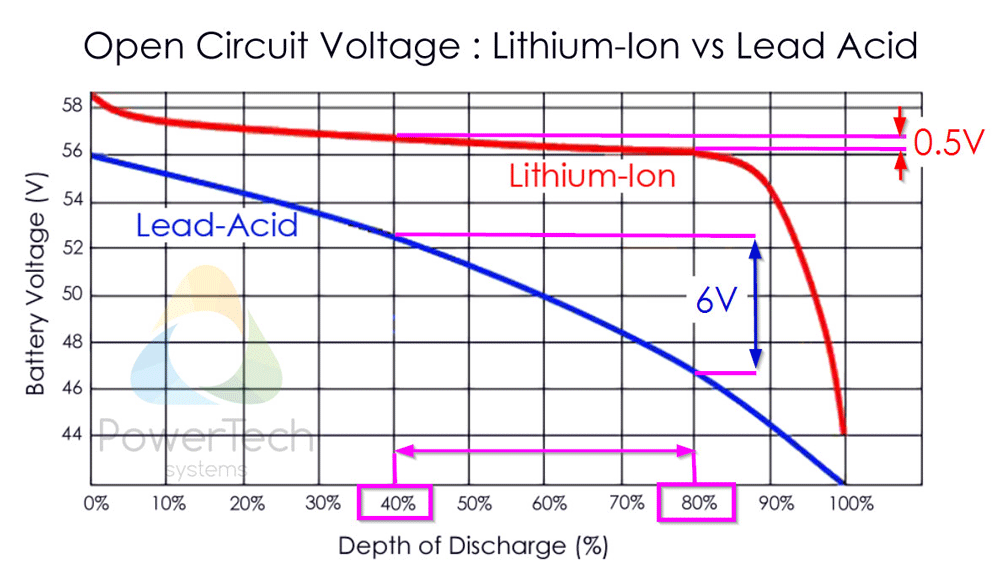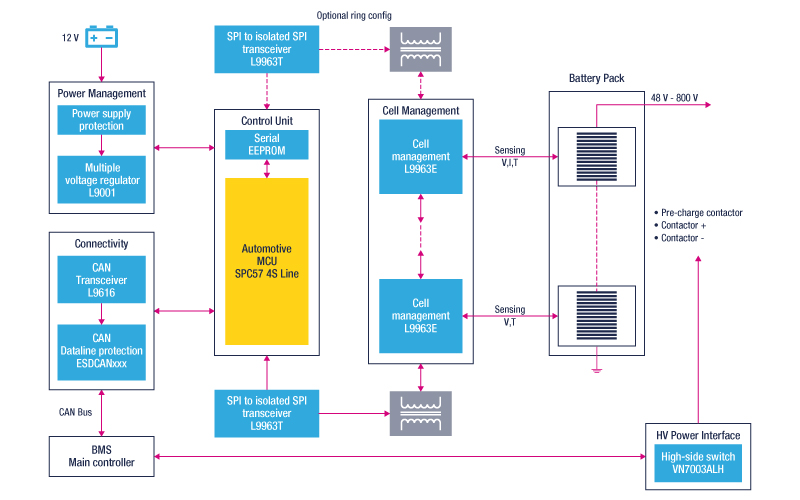7 Tips About Choose Golf Cart Batteries You Can't Afford To Miss
Determining Whether Your Golf Cart is Gas or Electric
Before deciding if a gas or electric golf cart is right for you, it’s important to understand how each type of cart works.
- Gas carts run on gasoline, just like a car. They usually have one starting battery and may also have a separate battery for accessories.
- Electric carts, on the other hand, run on electricity from batteries. These batteries can be located under the seat or in the rear of the cart, and they typically range in voltage from 36 to 48 volts.
Depending on the voltage of the batteries, an electric cart may require 2, 4, or 6 batteries. So, if you’re trying to determine which type of golf cart is right for you, it’s important to consider both how the cart works and your power needs.
Make sure to double-check the voltage of your golf cart (it's usually either 36 or 48).
Lead acid batteries are available in 6, 8 or 12 volts.
Before adding any new batteries to your golf cart, it is important to know the voltage of your existing batteries and purchase batteries of the same voltage.
Most golf carts have either 36-volt or 48-volt systems.
You can find out the voltage of your golf cart by checking the battery pack itself.
Depending on the voltage of your golf cart, you will have to purchase either six or eight new lead acid batteries. All batteries in your golf cart must be of the same voltage; otherwise, your golf cart will not operate properly.
If you don't know the voltage, check the owner's manual.

You can also calculate it by counting the number of cells or caps on one of your current batteries (3, 4 or 6).
Fully charged, a 6-volt battery will read about 6.3 volts, an 8-volt battery will read about 8.4 volts, and a 12-volt battery will read about 12.6 volts.
A 6-volt battery will have three cells or caps, an 8-volt battery will have four cells or caps, and a 12-volt battery will have six cells or caps.
The total system voltage is achieved when batteries are connected in series and the voltages of each individual battery are added together.
For example,
- If you have two 6-volt batteries connected in series, the total system voltage will be 12 volts (6 volts + 6 volts = 12 volts).
- If you have three 6-volt batteries connected in series, the total system voltage will be 18 volts (6 volts + 6 volts + 6 volts = 18 volts).
- If you have four 8-volt batteries connected in series, the total system voltage will be 32 volts (8 volts + 8 volts + 8 volts + 8 volts = 32 volts).
As you can see, it is very important to know the voltage of your golf cart before adding any new batteries.
To figure out your battery voltage, multiply the first number by 2.
To calculate the voltage, take your total wattage and divide it by the number of batteries in your cart.
Yours will likely be either 36 volts (6 x 2 x 3) or 48 volts (8 x 2 x 4).
- If you have a 36-volt cart, purchase six new lead acid batteries.
- If you have a 48-volt cart, you must purchase eight new lead acid batteries.
Ensure all batteries in your golf cart have the same voltage; otherwise, your golf cart will not operate properly.
Determine the Desired Amperage Based on Use and Distance Between Charges.
By understanding a few key factors, you’ll be able to optimize the battery life of your golf cart and enjoy worry-free operation for years to come.
To start, it’s important to understand that the amount of time your golf cart can operate on a single charge is directly related to the battery’s amperage. The higher the battery amperage, the longer it will last between charges. However, other factors can also affect battery life, such as frequency of use and distance traveled. For example, if you typically only use your golf cart for short trips around the neighborhood, you won’t need as much amperage as someone who frequently uses their golf cart for long drives on the golf course.
To get the most out of your golf cart battery, it’s important to determine the right balance of amperage for your specific needs. Considering factors such as frequency of use and typical driving distances, you can ensure your golf cart has the power it needs to go the distance – without running out of juice prematurely.
Validate Dimensions

When shopping for a golf car battery, it is important to make sure that the battery will fit in the designated space. The most common size for golf car batteries is GC2, but some cars may require a different size. To ensure that you choose the correct battery, measure the space where the battery will be housed. Then, consult a sizing chart to find a battery that will fit in the allotted space.
How long will a Golf Cart Battery power a golf cart on one charge?

Fully recharging golf cart batteries after each use is unnecessary and can shorten the batteries lifespan. It is best to partially discharge the batteries to about 50%. This rule applies regardless of the top speed, acceleration, or other parameters.
Our chart below shows how long golf cart batteries last on one charge, based on a standard 19.9 MPH speed and an acceleration rate of 20 MPH in 10 seconds or more. These estimates are for Lithium batteries specifically, as they have the longest lifespan of all battery types. Keep in mind that other factors can also affect battery life, such as terrain and weather conditions.
Lithium batteries power golf carts for an average of 36 holes, or about four to five hours. If a golf cart is driven at night, the headlights will also sap power from the battery, reducing mileage. Batteries last the longest when they are new, so it’s important to properly maintain them to prolong their usefulness.
Tips for Purchasing
As a veteran With 10 years of experience in the battery industry, I think it is necessary to share some tips on purchasing batteries, which may help you save a lot of money and get high-quality products.
Firstly, Voltage is key because the more voltage, the greater the acceleration when driving.
Secondly, Capacity is important because that will dictate how much can be held in a single charge of the battery. Make sure to choose the one with higher capacity so it won’t easily run out of power.
Thirdly, It is essential to select the right brand for your cart, and it would be best done with the help of a professionalcart to get an ideal match-up. Batteries that use lithium from well-known brands typically have longer lifespans and better performance.
Fourthly, you’ll need to take a close look at the terminals and wires because they can demand more care and/or cleaning to prevent them from heating up and causing a hazard down the line.
Finally, take a look at features and warranty before purchasing. A good battery usually comes with better features and a longer warranty. Although it may be more expensive, it is worth the investment as you won’t have to replace it often.
FAQ FOR REPLACING BATTERY
How much are the batteries for a golf cart?

A golf cart battery replacement typically costs anywhere from $600 to $1600, depending on the quality of the batteries. Lithium batteries tend to be on the higher end of the price range, while lead-acid batteries are typically less expensive.
All golf cart battery packs include a certain number of batteries, with the 4-12 Volt system being the least expensive (but with the shortest range). More lead and heavier battery packs usually mean a more expensive but longer-lasting battery pack.
Prices for golf cart batteries can be cheaper if you install them yourselves, though we recommend leaving it to the professionals to avoid long-term back pain from picking up heavy batteries. Replacing batteries that weren’t maintained properly requires extra effort, like acid cleanup and potentially replacing cables and connectors in the battery bay – which most installation fees don’t cover.
When you get your new golf cart batteries, make sure to have your dealer perform a preventative maintenance check. This way, you can drive off without worries and keep your golf cart running smoothly for a long time. Although lithium batteries are costly, they last up to five times longer than lead-acid batteries. Lithium batteries are the better investment in the long run for the average person.
Key takeaways:
- Lithium batteries are more expensive than lead acid batteries, but they last much longer.
- The price of a golf cart battery replacement can vary depending on the type of battery and the number of batteries included in the pack.
- You can save money by installing the batteries yourself, but it’s often best to leave it to the professionals.
- Make sure to have your new golf cart batteries checked by a professional before driving off.
How to test batteries and identify bad batteries
To test batteries, you would need to hook up a battery discharge tester, an expensive industrial unit. Most reputable golf car dealers have this. You can get your batteries to a full charge and then hook up the machine. The machine will take consistent energy from the batteries to determine their “discharge rate ” in minutes.
This is the best way to identify a weak battery in a pack. A bad battery can only be identified when a golf cart battery is completely discharged. A bad 6-volt battery may show 5 volts of charge when under load (meaning it is being used) and will completely drop out to 2-3 volts if it has a bad cell. However, this bad battery can still be fully charged and operate normally until it reaches that low discharge rate.
How to Replace Golf Cart Batteries in 5 Simple Steps
This is a basic breakdown of how to replace your batteries.
- Take a picture and make a diagram.
To ensure you get this right, you should first take a picture of your battery compartment and make a diagram of how the batteries are laid out. This will help you immensely when it comes to putting the new batteries in, as you’ll be able to easily reference your diagram to ensure everything is going back in the right place.
- Disconnect and Remove the Batteries
With your battery compartment picture and diagram in hand, it’s time to remove the old batteries. Begin by disconnecting the negative (-) terminal and the positive (+) terminal. Once both terminals are disconnected, you can remove the batteries from their compartment.
- Clean Battery Tray and Dissolve Acid
With the old batteries out, it’s now time to clean the battery tray. This is important because you want to ensure there is no acid buildup on the tray, which can potentially damage your new batteries. To clean the tray, simply use a solution of baking soda and water.
- Install the New Batteries per picture and diagram
Follower your picture and diagram to install the new batteries. The positive (+) terminal goes on first, followed by the negative (-).
- Reconnect Batteries and Perform a Safety Check
Once the new batteries are installed, it’s time to reconnect them. Begin by connecting the negative (-) terminal and the positive (+) terminal. Once both terminals are connected, give your golf cart a quick safety check to ensure everything is working properly. You can check if the bulbs are working by turning on the headlights and/or taillights.
There you have it! Those are the 5 simple steps for replacing your golf cart batteries. Remember, always take safety precautions when working with batteries and be sure to dispose of your old batteries properly.
























